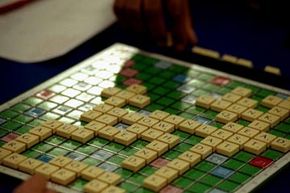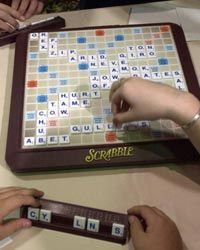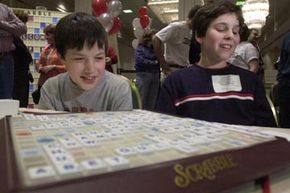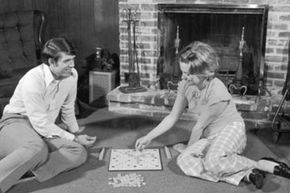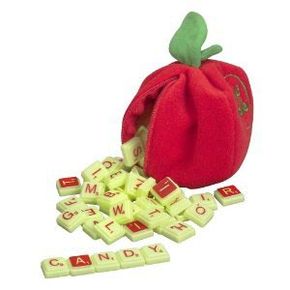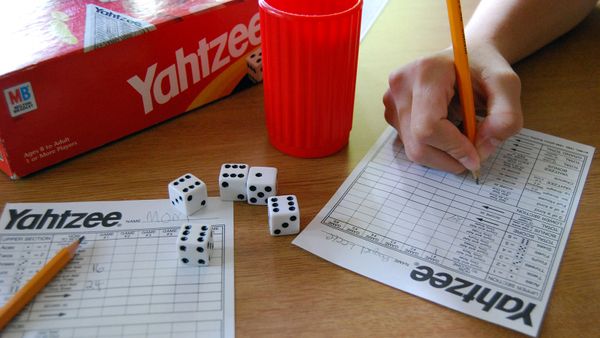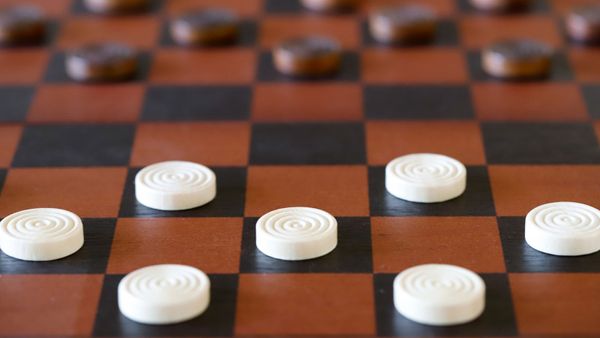The pressure's on, and as you glance back and forth between your rack and the board, you can hardly believe your eyes at the play you can make. You lay down your seven tiles and, to the amazement of your friends, rack up a triple word score using the letter Z, getting a Bingo in the process. Tonight you've rightly earned your win at Scrabble.
Every night people all over the world set up their racks for a game of Scrabble. Scrabble is a crossword game where players use lettered tiles to build words by placing them on a grid. It's a game of both skill and chance -- you have to have a good knowledge of words, but you're also stuck with whatever tiles you pick and what's already been played on the board.
Advertisement
An architect named Alfred Mosher Butts invented Scrabble while he was out of work during the Great Depression. Originally called Criss-Cross Words, he built the game to combine both crossword puzzles and anagrams. In creating the game, he analyzed the front page of the New York Times and counted the usage of each letter in the alphabet. Once he figured out how often each letter was used, he assigned them all point values and chose how many of each letter he would include in the game. The rarer the letter, the higher the point value.
Unfortunately for Butts, his Criss-Cross words couldn't garner any interest from manufacturers, so he partnered with an entrepreneur named James Brunot, who helped him refine the game. They came up with the name Scrabble and started manufacturing it themselves in 1949. The first few years were slow, but when Macy's decided to stock the game in the early 1950s, it became a phenomenon, and the two had a hit on their hands.
Today, Hasbro manufactures Scrabble, and it's become a standard in many game rooms in homes around the world. It's also morphed into a competitive sport, complete with its own association. The National Scrabble Association helps players improve their games and hosts an annual tournament in the United States. Other countries and regions around the world also put on national tournaments. The best players on earth gather every two years to compete in the World Scrabble Championships.
How can you take your game to the next level? Let's start by looking at game play.
Advertisement
